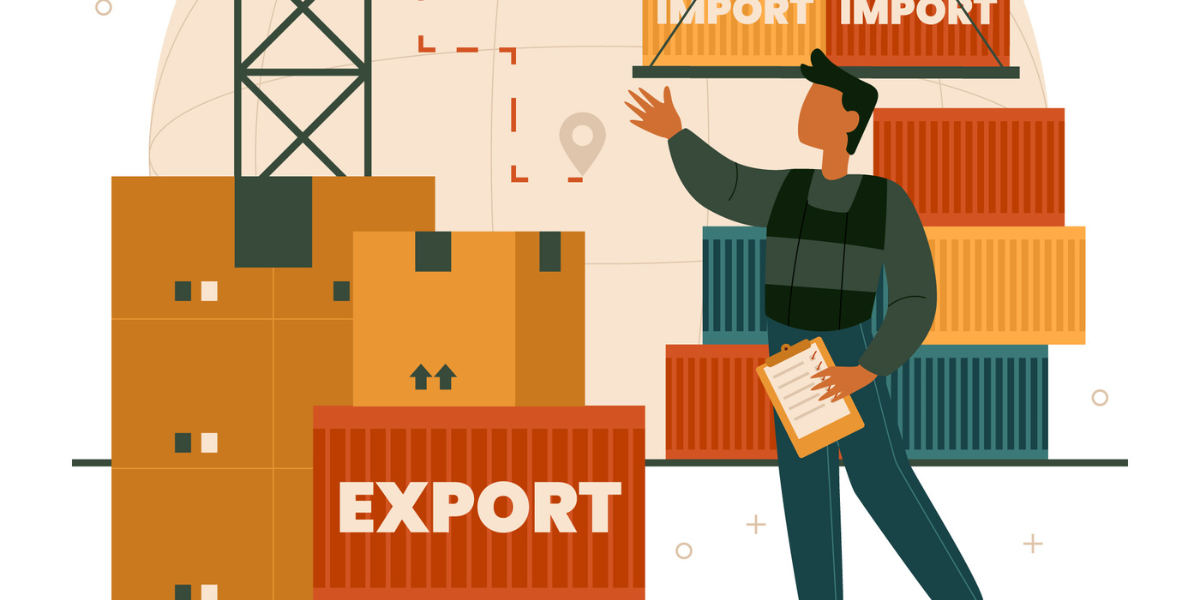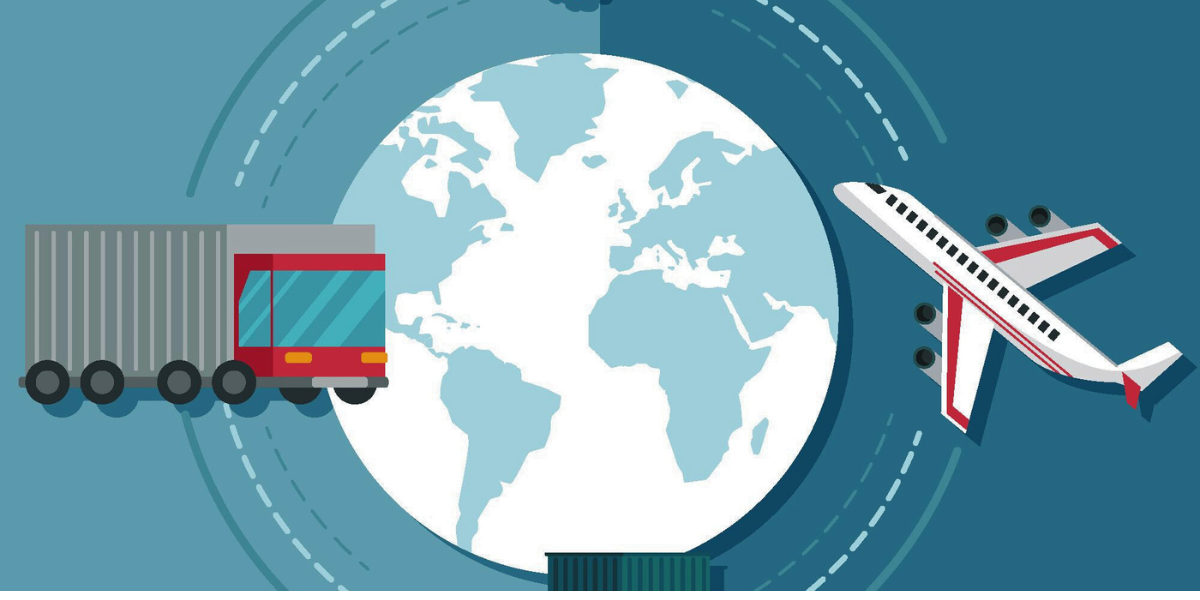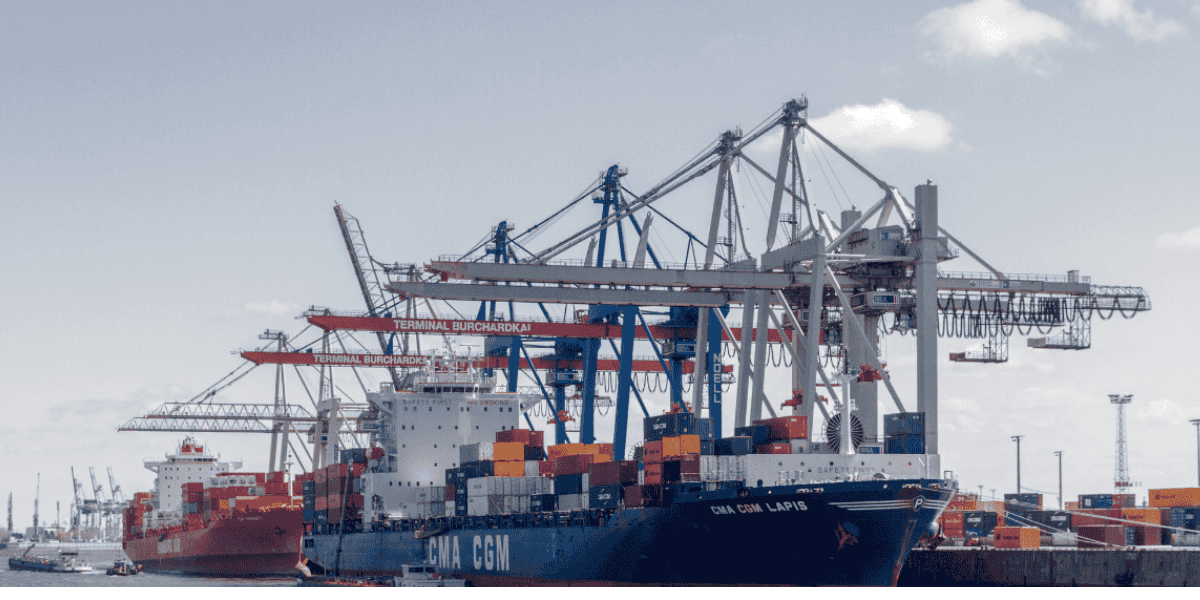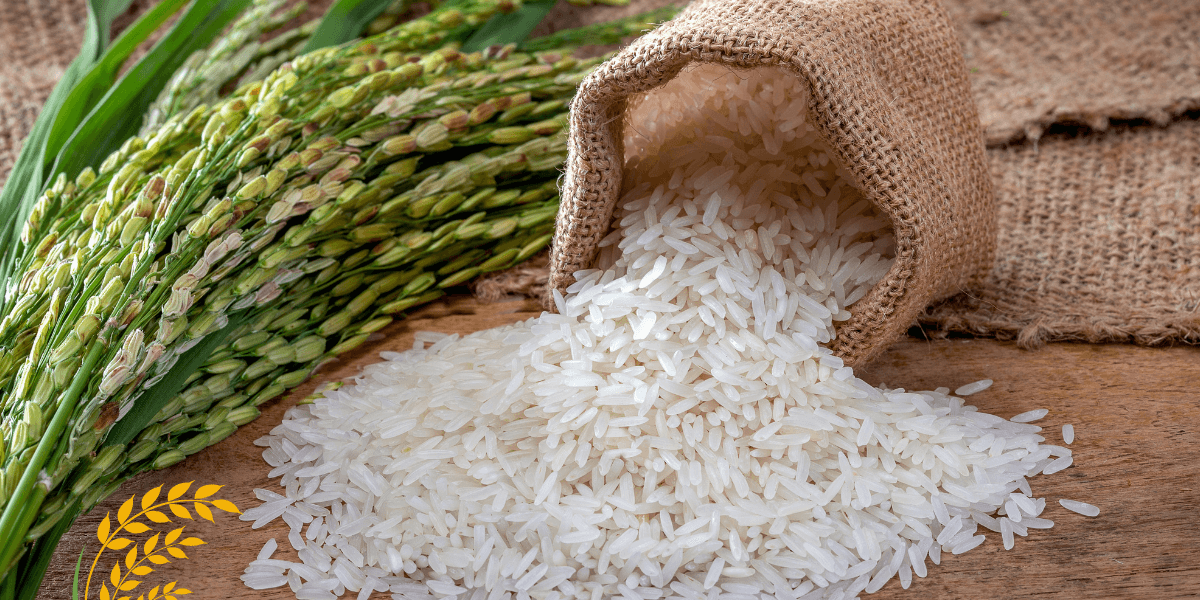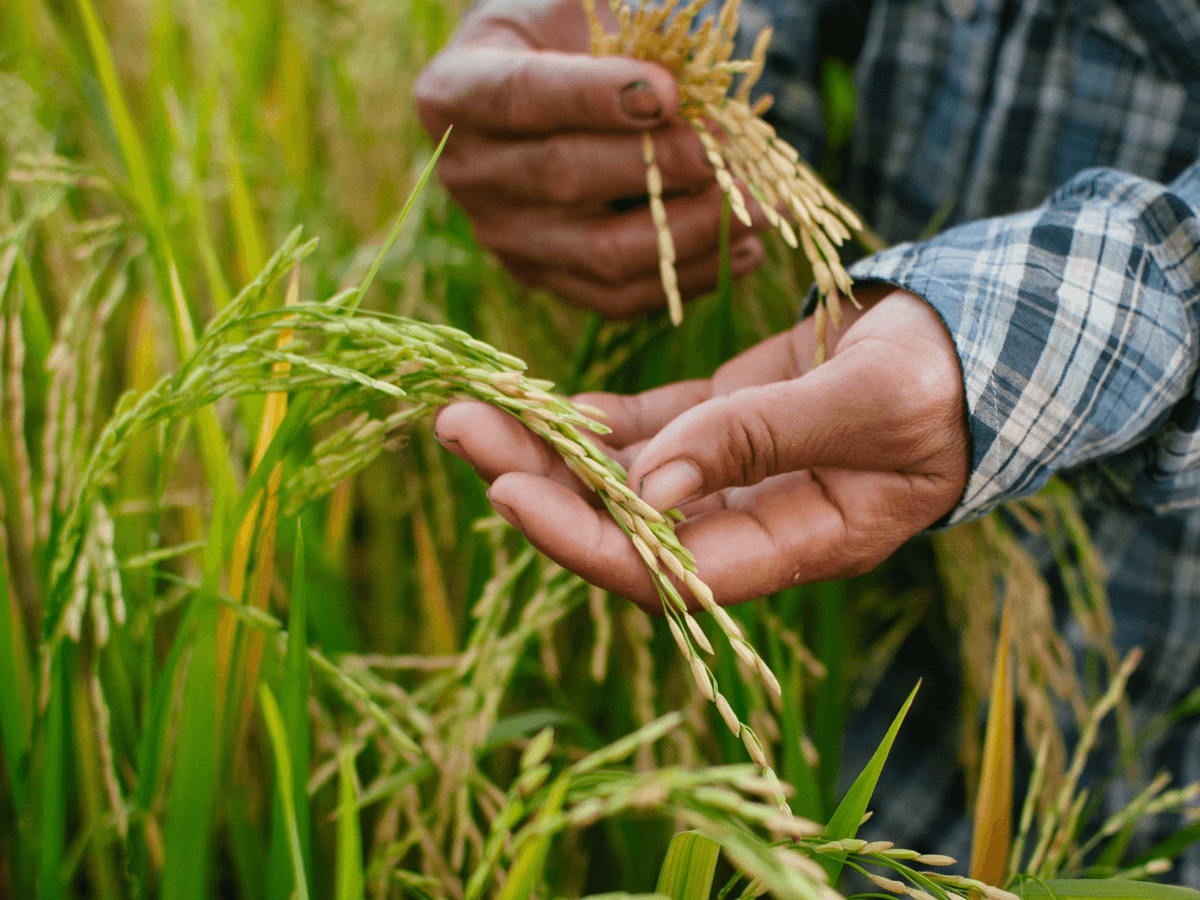Starting an export business has many benefits. It gives businesses entry to markets all over the world. This can help them earn more money and be more competitive. By exporting, businesses can reach people in different countries. This helps reduce the risk of depending on just one market. It also brings in more customers from around the world.
Exporting products can lead to higher profits since businesses can sell to a global market. This helps keep the company’s financial health strong.
Technology and e-commerce growth have made it easier to export. Digital tools now help businesses sell products to other countries. E-commerce platforms have made it simpler for smaller businesses to enter the global market. These changes have helped remove barriers and allowed businesses to connect with customers worldwide. Now, entrepreneurs can start exporting businesses at low investment.
Top 10 Export Businesses That You Can Start with Low Investment
1. Handicrafts & Traditional Artifacts
Indian handicrafts and traditional artifacts have become more popular around the world. This is because many people are now looking for eco-friendly, handmade home decor items. The global market for handicrafts is expected to grow by 11% and reach about $1.1 billion by 2026. This growth gives Indian artisans a great opportunity to share their rich heritage with the world.
Deals between Indian artisans and designers from other countries have helped spread these items even further. By combining traditional art with modern designs, they are reaching new customers in different parts of the world.
2. Spices & Herbs
India, known as the Spice Capital of the World, has been trading and exporting spices like turmeric, cumin, and cardamom for centuries. The Indian spice market is expected to grow by 5.3% each year until 2029 due to the increasing global demand.
To start exporting, you need to get spices from places like Kerala and Rajasthan, register with FSSAI and the Spices Board, and choose whether to export in bulk or with your own brand. The main buyers are in the US, Canada, Europe, and the Middle East, where the demand for authentic Indian flavors is growing. Good packaging and following food safety rules will help ensure success.
3. Eco-Friendly & Sustainable Products
The global market for sustainable and eco-friendly products is growing as more customers are concerned about the environmental impact of what they buy. India is well-positioned to serve this market, thanks to its long history of producing handmade and eco-friendly natural products.
Many customers in Europe, the US, and Australia are looking for items like bamboo cutlery, reusable bags, organic fabrics, and biodegradable home products. To succeed in exporting these products, businesses need to show that they source materials ethically, use eco-friendly packaging, and have international sustainability certifications. This will help attract environmentally conscious customers worldwide.
4. Organic and Natural Products
The organic food market has grown a lot since 2000, reaching $134.76 billion in 2022. The organic sector in India is also growing. In the year 2024, farmers produced about 3.6 million metric tons of certified organic products. These included items like oilseeds, cereals, millets, cotton, pulses, medicinal plants, tea, coffee, and spices.
The business keeps growing, especially through exports. According to Dataversee data, India exported more than 312 thousand metric tons of organic products. Exporters have a great opportunity in the US and European markets because people there are increasingly looking for organic and sustainable products.
5. Jewelry and Accessories
India’s jewelry and accessories industry is famous around the world for its excellent craftsmanship and wide variety of designs. The country is known for creating both traditional and modern pieces that attract customers globally. The main markets for Indian jewelry include the United States, Hong Kong, and the United Arab Emirates.
Indian jewelers do well in Western markets by serving Indian migrants and building strong relationships with international customers. Entrepreneurs looking to enter the jewelry export business should start by understanding market trends, learning about international standards, and attending trade shows to showcase their products.
6. Textiles and Apparel
The textile and apparel industry is an important part of India’s economy. It supports 45 million jobs and brings in a lot of money from exports. Handicrafts also contribute to exports, which saw a 7% increase in the first eight months of the 2023-24, reaching over $21.35 billion.
The United States is the biggest market for Indian textiles and apparel, accounting for 28% of all exports. Despite facing challenges in the global market, India’s textile sector exports continues to show strong flexibility and resilience.
7. Leather Goods
India is known for producing high-quality leather products like shoes, bags, wallets, and more. The country’s leather industry is strong, with major production centers in cities like Kanpur, Chennai, Kolkata, and Agra. Indian leather is durable and crafted with skill, making it popular with customers in Europe, the US, and the Middle East.
To start a leather goods export business, you need to get leather products from trusted tanneries and meet international quality standards. Successful foreign exporters often create unique designs, use sustainable leather, and offer private label products. This helps them meet the current and future demand for leather goods in global markets.
8. Processed Food Items (Snacks, Pickles, Ready-to-Eat Meals)
The Indian processed food sector, which includes snacks, pickles, and ready-to-eat (RTE) meals, continues to grow strongly. From April to December in the 2023-24, Indian agricultural and processed food exports increased by 11% compared to the previous year, reaching $17.77 billion in value.
To start exporting, businesses need to use hygienic packaging, follow international food safety standards, and choose high-quality ingredients. The main markets for Indian food products are the US, UK, Canada, and the Middle East, where demand for Indian flavors and convenient ready-to-eat foods is steadily rising.
9. Incense Sticks (Agarbatti) & Fragrance Products
India is one of the world’s top producers of incense sticks (agarbatti) and fragrance products. These products have deep cultural and spiritual significance and are used in meditation, religious practices, and aromatherapy. Because of this, they are in high demand in countries across Southeast Asia, the Middle East, Europe, and North America.
To start an export business in this sector, it’s important to work with trusted manufacturers, ensure the scents are long-lasting and natural, and meet import regulations. High-quality incense products, made with special formulas and packaged in eco-friendly materials, attract many international buyers.
10. Herbal & Ayurvedic Beauty Products
Indian Ayurvedic beauty products are highly valued worldwide because they use all-natural ingredients that offer benefits for the whole body. The global market for herbal beauty products is expected to grow to $160.51 billion by 2030, as more consumers are looking for natural and eco-friendly skincare options.
To make the most of this growing demand for chemical-free beauty products, exporters should focus on meeting quality standards and adapting their products to meet the real needs of customers. This will help them succeed in the changing market.
How to Start an Export Business with Low Investment
Starting an export business with minimal investment has become easier thanks to technology platforms, government support, and better supply chain management. Here’s a simple guide to get you started:
Register Your Business – First, register your company. Then, obtain an Import-Export Code (IEC) from DGFT, get GST registration, and open a business account.
Find Reliable Suppliers or Manufacturers – Purchase products from trusted vendors, artisans, or wholesale markets. Make sure the quality of your products remains consistent.
Research Export Regulations & Compliance – Learn about export standards and regulations, including certifications and labels required for your products. You also need to understand customs protocols for the countries you are exporting to.
Select the Right Export Market – Study your target regions and their demand, competition, and pricing. Analyzing current and future market conditions will help you find the most profitable areas to focus on.
Choose Logistics & Payment Methods – Pick the right payment methods for your business. Secure options like Letter of Credit (LC) and PayPal will help ensure smooth international transactions.
Leverage Online Marketplaces – Use online platforms like Amazon Global, Alibaba, and IndiaMART to list your products and reach buyers without needing a huge investment. These platforms can help you find customers and expand your reach.
Final Words
The export business helps you reach markets all over the world and grow your company. But to succeed in international trade, you need the right and complete buy and sell data.
DataVerse E Inc. can be a great partner for this. Import-export data providers help businesses of all sizes grow by showing what the market needs, what buyers are interested in, and how prices are changing.
With this data, you can figure out which products will be profitable, check out what competitors are doing, and find reliable buyers in other countries.
Using real-time trade data can also improve your export business. It helps you search for shipment cargo and use world customs data. This allows you to make smart decisions and reduce risks in your business. Get a free demo of Dataverseeinc portal now.



